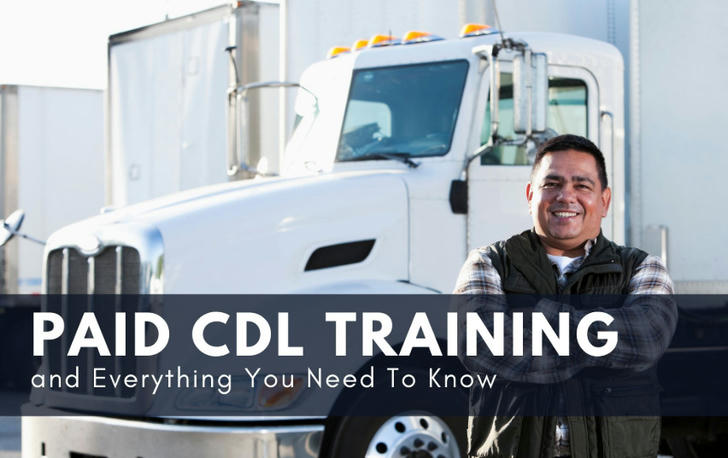Navigating Opportunity: Understanding the Paid CDL Training Program
As demand grows in the logistics and transportation sectors, the idea of starting a new career through a Paid CDL Training Program is capturing attention. With long-haul routes increasing and delivery services expanding, interest in commercial driving opportunities is rising—especially for those seeking job-ready training that doesn’t require traditional tuition costs upfront.

What Makes a Paid CDL Training Program Different?
A Paid CDL Training Program typically offers a way to learn the skills required for commercial driving while postponing—or sometimes eliminating—the need for immediate out-of-pocket tuition. These programs are often connected to transportation companies looking to build their workforce. In exchange for training, participants may agree to work with the sponsoring company for a period after earning their Commercial Driver’s License (CDL).
While some programs advertise paid stipends during training, others may simply cover the cost of instruction. In either case, the focus is on reducing entry barriers for those looking to enter the trucking industry, especially individuals who are changing careers or seeking hands-on, job-focused training.
The Structure of CDL Training
A Paid CDL Training Program usually combines classroom instruction with behind-the-wheel driving experience. Subjects may include road safety, driving laws, vehicle inspections, and defensive techniques for large vehicles. Practical hours often involve real driving with certified instructors, sometimes starting in closed lots before transitioning to public roads.
The duration varies but tends to range from a few weeks to a couple of months, depending on the program’s structure and whether it focuses on Class A, Class B, or other endorsements. Some programs are designed to fast-track learners into available roles, especially if the sponsoring company has immediate hiring needs.
Considering the Commitment
While the Paid CDL Training Program can provide an accessible pathway to a commercial driving career, it often comes with contractual obligations. These agreements may require working for the sponsor for a specified time, and leaving early could involve repayment clauses for the training cost.
Understanding these agreements is essential. Some may include geographic restrictions or assign long-haul routes that require extended time away from home. These are important factors to weigh when considering whether a particular training program aligns with personal goals and lifestyle needs.
Industry Outlook and Career Transitions
The transportation industry continues to evolve, with demand for commercial drivers shaped by factors like e-commerce growth and changes in supply chain operations. Many individuals explore a Paid CDL Training Program as a gateway to a steady career path, especially when other education options feel out of reach.
These programs can appeal to veterans, career changers, or those who have faced employment gaps. By offering structured training and potential job placement, they create a bridge into roles that may otherwise require significant financial investment or prior experience.
Things to Look For
When evaluating a Paid CDL Training Program, several elements may influence the experience. The program’s reputation, instructor qualifications, vehicle quality, and post-training job placement options can all play a role. Additionally, it’s helpful to check whether the program includes practice tests and preparation for the official CDL exam.
It’s also important to verify if the program meets state licensing requirements and how much support is offered during the certification process. Some programs may offer mentorship or peer support during training, while others may have more independent structures.
The Role of Lifestyle in CDL Training
A Paid CDL Training Program often prepares individuals for a lifestyle that involves long hours, varied routes, and time on the road. For some, the mobility and independence associated with commercial driving is a major draw. For others, adjusting to time away from home or adapting to overnight shifts may be part of the challenge.
Considering what type of driving aligns with long-term goals—whether local, regional, or long-haul—can shape how well a particular program meets personal preferences.
Final Reflections
Choosing to participate in a Paid CDL Training Program can represent a significant shift. It may offer an opportunity to learn a practical skill, move into a new industry, and explore different working environments. Like any training or job preparation path, the experience can depend on several factors: program quality, expectations, and personal motivation.
While the logistics industry faces fluctuations, its reliance on licensed professionals remains constant. A Paid CDL Training Program stands out as one potential way to enter this space with reduced financial barriers and a clearer route to employment—especially for those willing to meet the demands of the road.
